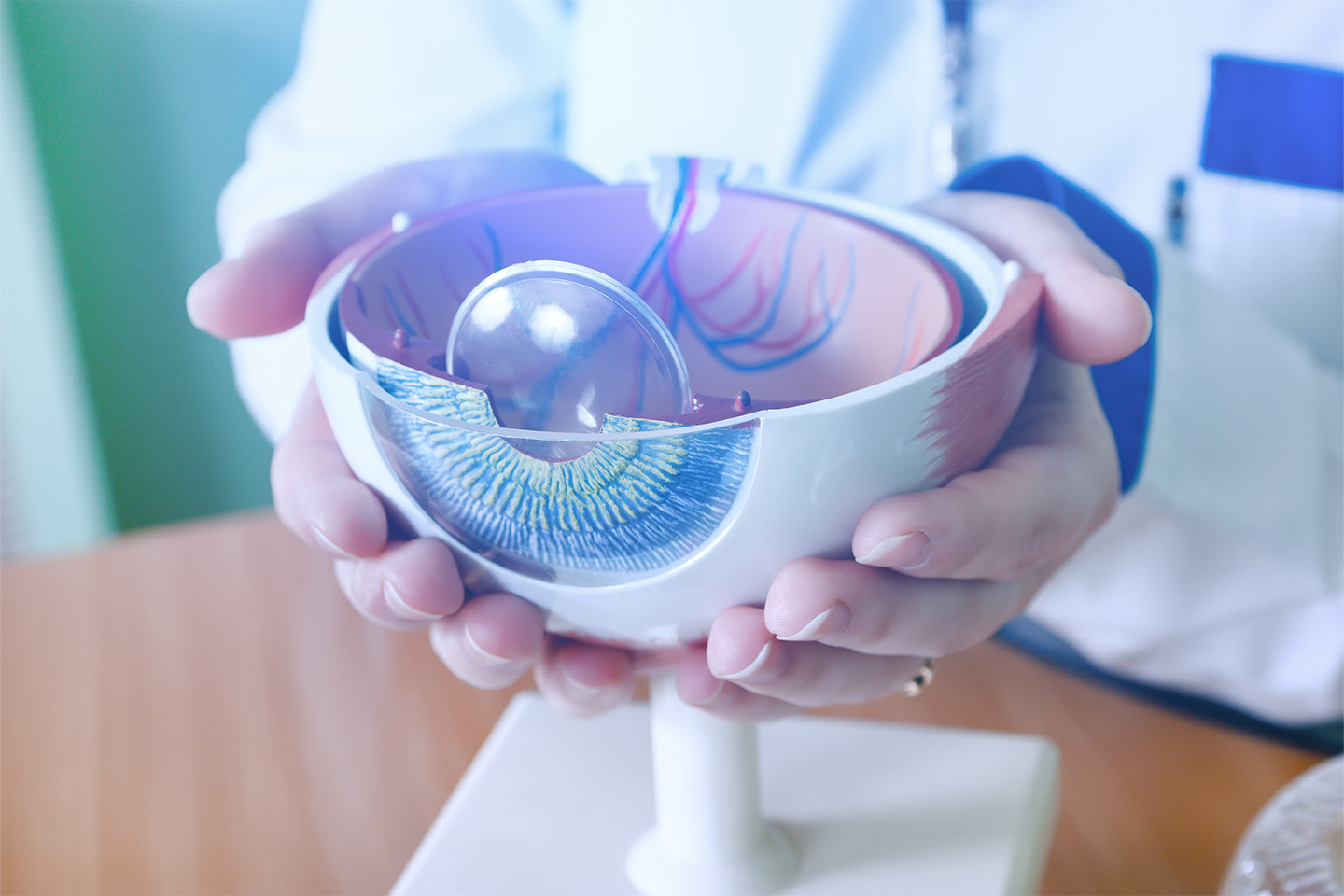How Spending Time Outdoors Can Lead to Pterygia

Though it’s often called “surfer’s eye,” pterygium doesn’t only affect surfers. In fact, anyone who spends a lot of time exposed to sunlight and wind can develop a pterygium.
Also known as “surfer’s eye,” a pterygium is a benign growth that develops on the white of the eye (the sclera). While these elevated, wedge-shaped bumps are non-cancerous, they can cause irritation, blurry vision, or permanent damage to the eye if left untreated.
If you have a pterygium, you’ll likely experience a gritty or burning sensation, not unlike when something is stuck in your eye. Pterygia can often become inflamed, leading to redness and discomfort. If a pterygium spreads from the sclera to the cornea, it can alter the shape of the eye, leading to astigmatism and other vision disorders.
What Causes a Pterygium?
Despite what the name “surfer’s eye” suggests, you don’t have to be a surfer or hang out at the beach all day to develop a pterygium. That said, the condition is most often found in people who spend a lot of time outdoors. Pterygia are generally the result of overexposure to UV rays and irritants like dust, sand, and wind.
Pterygia are most commonly seen in people between the ages of 30 and 50, and are rarely seen in children. Having light skin and light eyes may also increase your risk of developing a pterygium.
You can prevent this condition by wearing sunglasses (preferably with wraparound frames) whenever you anticipate spending an extended period of time outdoors. Choose lenses that block 99-100 percent of UVA and UVB radiation. You should also take precautionary measures based on fluctuating environmental factors — a wide-brimmed hat is great for protecting your eyes on a sunny day, while artificial tears can help keep your eyes lubricated in dry weather.
How to Treat a Pterygium
A pterygium is often mistaken for a cataract, but it is a distinct condition that requires its own specific treatment. If your symptoms are mild, your eye doctor may prescribe lubricating ointment or steroid eye drops to reduce redness and swelling. However, if your pterygium is causing significant discomfort or is noticeably affecting your appearance, your eye care specialist may recommend surgery.
A pterygium removal procedure is quick, simple, and safe. At Kleiman Evangelista Eye Centers of Texas, we can perform this surgery right in our office in just over 10 minutes. You’ll receive a local anesthetic to help you stay comfortable during the procedure.
After your short surgery, your recovery time will be minimal. You’ll receive antibiotic ointment and an eye patch to wear for the first few nights after your procedure. You may also be prescribed steroid eye drops to reduce inflammation as you heal. Patients are generally able to return to work and other normal activities the day after their procedure.
To prevent a pterygium from reappearing after treatment, it’s important to regularly wear UVA- and UVB-blocking sunglasses. Your doctor may also choose to use a grafting technique to place tissue over the affected area to prevent the recurrence of pterygia. They will also schedule a number of follow-up visits for the year after your surgery to ensure your eyes are healing properly.
If you think you may have a pterygium or other eye condition, get in touch with the eye care specialists at Kleiman Evangelista Eye Centers today. Our doctors and surgeons have extensive experience treating pterygia and helping patients achieve clear, vibrant vision. Call 800-714-2020 or fill out a short form to schedule an appointment.
Turn To The Top Eye Doctors In Texas
Check out one of our locations below for the best eye care near you:
[DISPLAY_ULTIMATE_SOCIAL_ICONS]








